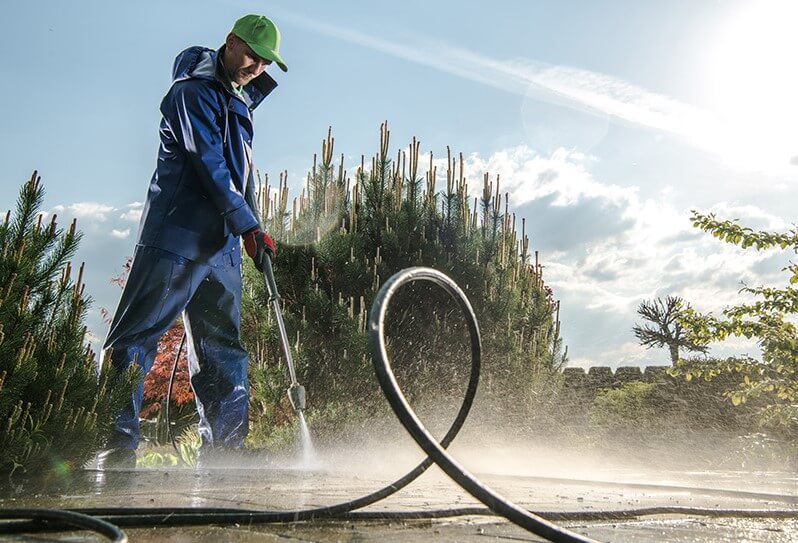Effective Strategies for Graffiti Removal That Bring Back Surface Areas to Their Original State
The challenge of graffiti removal is complex, requiring an understanding of different graffiti kinds and one of the most effective techniques for restoration. From chemical options that satisfy certain paint compositions to press cleaning methods that protect the honesty of surfaces, each technique has its advantages. Additionally, the surge of environmentally friendly alternatives presents an engaging instance for ecologically aware methods in this area. As we discover these methods, it comes to be necessary to think about not just their efficiency but additionally their wider ramifications on reconstruction initiatives and community visual appeals. What methods will eventually verify most reliable?
Recognizing Graffiti Types
Understanding the varied kinds of graffiti is crucial for efficient removal approaches. Graffiti can be generally classified into numerous types, each calling for various techniques for removal. One of the most usual types consist of murals, throw-ups, and tags. Tags are the simplest form, being composed of a stylized signature or logo design, frequently produced rapidly with spray paint or markers. Their fairly little dimension can make them less complicated to get rid of but can still posture challenges depending upon the surface.
These pieces can cover much more area and might demand various elimination strategies compared to tags. The removal of murals presents unique challenges due to the potential for damage to the underlying surface and the artistic value.
Comprehending these differences is critical for picking the right strategies and products for efficient graffiti removal. Each kind not only varies in its aesthetic influence yet also in the methods that will certainly be most efficient in restoring surfaces to their initial condition.
Chemical Removal Methods
When tackling graffiti elimination, chemical techniques are typically the most efficient and efficient technique for numerous surfaces. These approaches use specialized formulations created to break down the chemical bonds in graffiti, making it easier to get rid of without damaging the underlying product.

It is important to select a chemical remover that is suitable with the surface area being treated to avoid damage. Testing the item on a little, unnoticeable area prior to extensive application is recommended. In addition, proper safety devices, such as masks and gloves, should be put on to make sure safety throughout the removal process.
As soon as the graffiti has been liquified, it is critical to extensively rinse the surface area to eliminate any kind of chemical deposit, which can cause discoloration or deterioration over time (Graffiti Removal in Euclid). Overall, chemical elimination techniques supply a powerful remedy for bring back surface areas to their initial state while minimizing prospective injury
Pressure Washing Techniques
While chemical elimination approaches are highly effective, pressure washing presents a different technique for graffiti elimination that can be equally reliable, particularly on durable surfaces. This technique uses high-pressure water jets to dislodge and remove graffiti from numerous products, such as concrete, block, and metal.
The efficiency of pressure washing depend upon a number of aspects, including the pressure setting, nozzle type, and the distance from which the water is used. Typically, a pressure series of 2,000 to 3,000 PSI is suggested for most surfaces, but adjustments may be required relying on the substratum's level of sensitivity. Making use of a follower spray nozzle can help cover larger areas effectively while reducing the risk of damaging the underlying material.
Prior to pressure cleaning, it is vital to evaluate the graffiti's make-up. On the whole, stress washing is an effective tool in the graffiti removal arsenal.

Eco-Friendly Solutions
Lots of people and organizations next are progressively looking for eco-friendly solutions for graffiti elimination, identifying the value of lessening ecological influence. Traditional graffiti removal methods usually entail extreme chemicals that can be unsafe to both the environment and public wellness. On the other hand, environment-friendly options utilize safe and naturally degradable materials that efficiently eliminate graffiti without creating damage to useful source surfaces or launching damaging substances right into the atmosphere.
One effective method is making use of all-natural solvents, such as citrus-based cleansers, which harness the power of plant-derived active ingredients to damage down paint without leaving hazardous residues. In addition, baking soft drink and vinegar blends can function as mild abrasives that lift graffiti while being safe for the environment.
An additional innovative strategy is employing environment-friendly stress cleaning systems that utilize much less water and power contrasted to standard techniques. These systems typically incorporate specialized nozzles and eco-conscious detergents that boost effectiveness while lowering waste.
Preventative Steps
Preventative procedures play an important duty in combating graffiti vandalism and lessening its event. By executing calculated strategies, property owners and areas can deter prospective wrongdoers and lower the costs related to graffiti elimination.
One reliable strategy is using anti-graffiti finishes, which develop a safety layer on surface areas, making it difficult for paint to adhere. These finishes can be clear or colored, permitting the original aesthetic to remain intact while providing a protect against vandalism. Furthermore, the setup of monitoring electronic cameras in risky look at more info locations can act as a deterrent, as the presence of keeping track of technology may dissuade prospective culprits.
Neighborhood engagement is also important; organizing neighborhood watch programs or graffiti clean-up events fosters a feeling of possession and satisfaction amongst citizens. Educational efforts in institutions can increase awareness about the adverse influences of graffiti, advertising respect for private and public residential or commercial property.
Conclusion
In conclusion, the effective elimination of graffiti needs a diverse strategy that considers the type of graffiti and the surface area material. A detailed understanding of these methods is crucial for accomplishing ideal outcomes in graffiti removal ventures.
